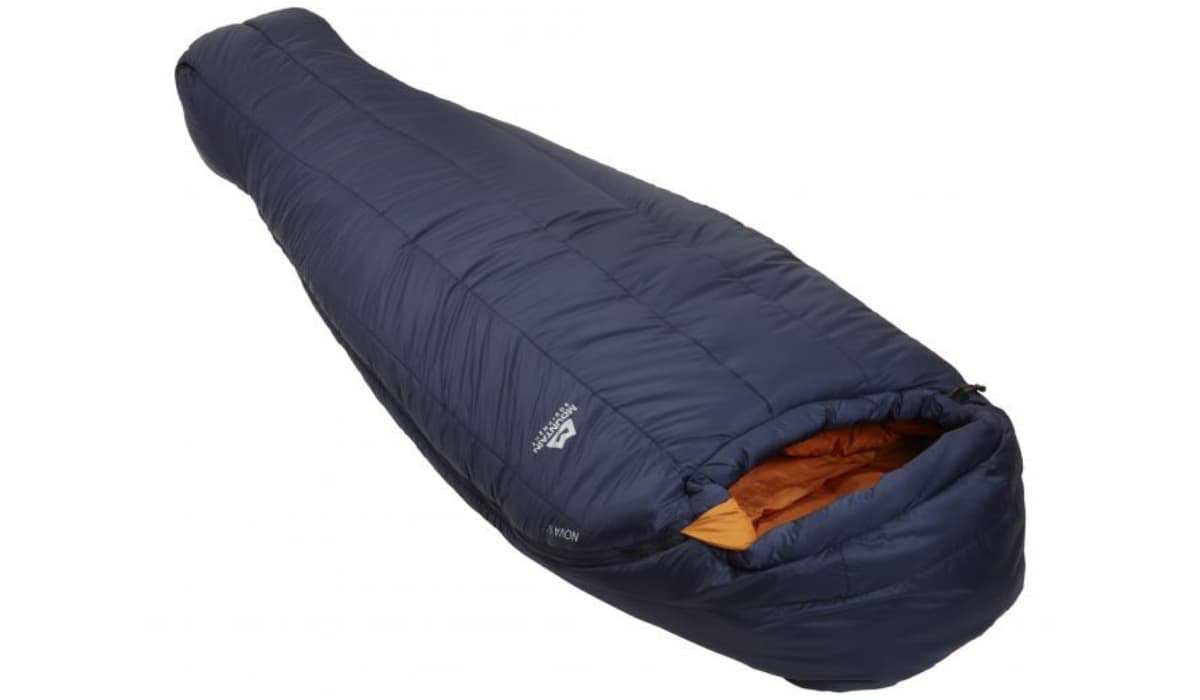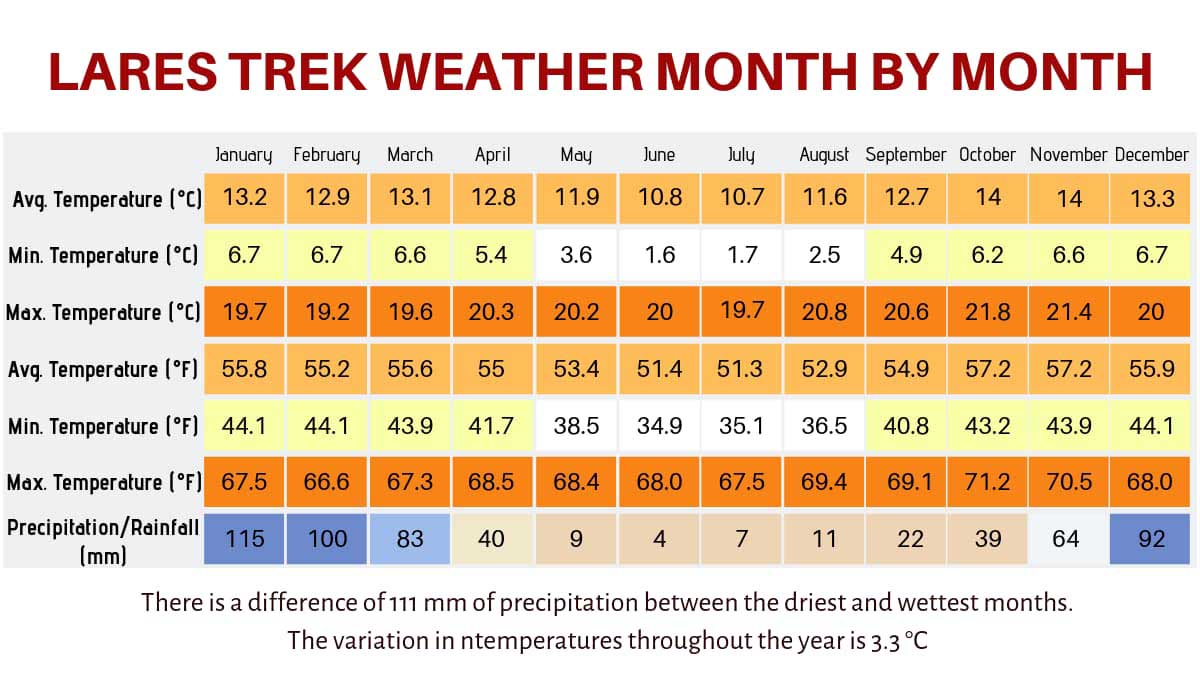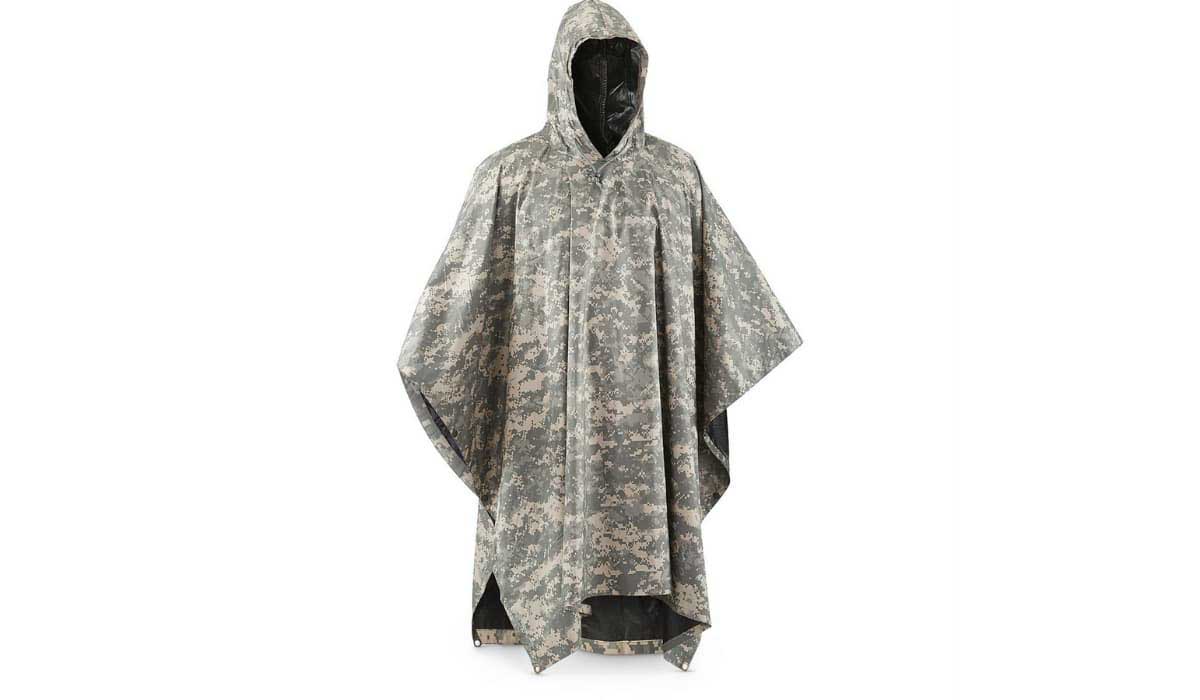In an attempt to confront the heavy traffic of the Inca Trail to Machu Picchu, international organizations and local agencies are betting on alternative routes of sustainable tourism. People thing they have found the ideal place in the remote and spectacular alternative route to Machu Picchu: Valley of Lares.
After flying from the capital of Perú, Lima, you will arrive in Cusco to walk for four days along a path through forests and dense fog, millenary stone steps and all the time enjoying majestic views. After 46km walking on the top of the Andes, the reward comes: the first, exciting views of Machu Picchu from Inti Punku. This guided route is a unique experience that will be engraved in your heart forever.
The Lares trek is a hike that lasts two or three days in Cusco, Peru starting nearby the town of Lares, approximately 64 kilometers north from Cusco and 56 kilometers east from the citadel of Machu Picchu. It is placed on the mountain rage of Urupampa (on the east) crossing part of Sacred Valley. To start this trek you need to take a 5 hour trip on bus or van from the town of Lares. The Lares trek route crosses typical zones from the mountains of Peru.
Unlike the popular Inca Trail, the trek through the Valley of Lares takes you truly to remote locations and unknown (by many) destinations. This trip takes you to the heart of the Andes where few tourist have ventured. To help you enjoy your trek to the fullest, here we leave you some Lares Trek Tips.
Essential Tips for Lares Trek
- It is important to acclimatize in the city of Cusco before doing the walk. Thus, the symptoms of altitude sickness will be avoided.
- During the walk you will experience temperature variations. Therefore make sure you have the right clothes for cold and warm weather
- It is not necessary to be in optimal physical form to perform the Lares Trek. However, a little prior exercise before the walk would come in handy.
- To avoid altitude sickness during the tour it is good to chew coca leaf (as the Incas did hundreds of years ago) and drink plenty of water. Other alternative is to take a pill against the soroche before starting the trek.
- The best time to do the Lares Trek is during the dry season (from April to October). In those months, the sky is clearer and there is less chance of rain.
- Following the path and listening to your guides will make the walk enjoyable and impressive. It is important that you are not afraid to ask for help before or during the walk, the guide and all the staff are there to help you.
- Lares Trek is a great opportunity to know the way of life of the peoples that inhabit the Andes. Respect the customs and traditions of the natives.
- If you wish to buy a souvenir during your visit to Peru, Lares offers you the perfect opportunity to buy products made from alpaca fiber at lower prices than the stores in Lima, Cusco or other cities. These are marketed by people in the communities.
- There is no restriction for a visitor to dare to perform the Lares Trek on their own, you only need to buy Machu Picchu Tickets. However, unlike other walks such as the Salkantay Trek or the Choquequirao Trek, the roads are not well signposted, so it is difficult to follow the course.
- Enjoy! The Lares Walk is one of those experiences that change the way you think and see the world. Take the time to enjoy the view and spend some time getting to know the locals.
Complemmentary Tips for Lares Trek
The best time for a Lares hike
The best time you can choose to do the Lares Trek is during the dry season, which runs from May to September. This is the busiest trekking time in the region, particularly on the Classic Inca Trail, where the months in advance are exhausted.
Naturally, during the height of the high season the path may be busy. That said, there are so many variations on the Lares trail that, in general, the routes never feel crowded.
However, during the last months of the dry season, from April to October, the paths of Lares are particularly quieter and the weather is usually very pleasant. If you travel in June, we recommend you to book the Inti Raymi 2020 Tour that takes place in June 24th, and also hike the Palcoyo Mountain Tour, which is an incredible Rainbow Mountain located in the Andes.
During the month of November, the probability of finding rain is relatively high. We suggest avoiding the months of December to March, since the rain makes the path really unpleasant and visibility is often low due to the morning and afternoon fog.
Temperatures throughout the year are moderate, during the afternoon temperatures rise, and the cold comes during the night and early in the morning. Layered clothing is important (see the packing list below).
Microclimates characterize the Andes, so it is possible to rain throughout the year. Always carry rain gear.
Trekking insurance
Insurance for your Trek to Machu Picchu is essential. Most operators will require you to have travel insurance that covers any mishap during your walk.
Since what characterizes this tour is the high altitude that is reached, you must ensure that your insurance covers it for high altitude treks (up to 6,000 m / 19,685 feet). We have reviewed several travel insurance providers. The most affordable and the best by far is World Nomads.
Health Tips for Lares Trek
We have indicated some general Tips for Lares Trek, now we will give you some important health tips that you should take into account when the day of your departure approaches, during the walk and at the end of your adventure.
Before the trek:
- Physical condition: This is the key to enjoy any trek, especially if you are going to walk for more than one day. A physical illness will make you focus more on the overexertion than in what surrounds you. In addition, on the next day of the physical activity, there will appear muscular pains that can prevent you from continuing. To achieve an optimal physical condition for trek to Machu Picchu, it is beat to work exercises on a regular basis such as jogging or cycling.
- Good diet: Similar to an engine with bad gasoline, you will give less good results. Your body will respond differently depending on what you have eaten. Avoid heavy meals and fats, and bet for a diet focused on carbohydrates (pasta, rice, bread, vegetables…), as well as fruits and vegetables for contribution in fibers and vitamins.
- Footwear: A wrong footwear can pose a high risk of injury. The ideal shoes for a moderate difficulty trekking is a high boot to protect your ankles of possible kinks. The sole should be thick and with anti-slip drawing. In addition, the tip should be reinforced to protect your fingers. It is also recommended that your shoes are waterproof with GoreTex or similar so you can keep your feet dry. Very Important: Never use new boots in a long trek, this could result in blisters and discomfort. Use your boots before so they fit your feet.
- Planning: Be realistic with your physical condition and plan the route according to your skills. If you are not in good shape you should spend more hours on the trek respecting your own rhythm. Between one of the most important Lares Trek Tips to consider is to check the weather forecast to prepare your equipment according to the climate you will find.
During the trek:
- Hydration: Do not wait until being thirsty to drink. Thirst is the body alarm to dehydration so your body will appreciate being in a constant hydration. With all the physical effort you are going to need a minimum of 2 liters of daily water, it can be even more if the climate is warm.
- Consider chewing coca: This is a personal option. It can give you a little push to finish the trek but it has a particular flavor you need to get accustomed to.
- Bring candies: In addition to what your guide brings, we recommend having some solid candy to suck while climbing. They seem to give you energy and they distract your mind from climbing!
- Muscular risks: Make a warm-up and stretch your entire body just before starting. This will reduce significantly the risk of injury. You should know that a cold muscle is less resistant and flexible that one that has been prepared for a certain physical activity.
- Risks associated to the sun: Protecting your head with a cap or a hat reduces the risk of insolation. Headache, dizziness and nausea are the first symptoms. If you feel the rest in the shade, hydrate and soak your head in water. The rays of the sun can cause severe burns (even on cloudy days), especially if you are of a very white skin or eyes. Wear sunscreen of a high FP (between 30 and 50) and remember to reapply throughout the exposed body every 2-3 hours. Sweating accelerates the loss of sunscreen. It is also a good idea to carry lipstick with solar filters.
- Risk associated to insects: Stilts, mosquitoes, flies or any flying type insect that stings, can turn into an authentic nightmare for the trekker, especially into the forest and in warm areas. It is important to bring a good repellent and to spread it periodically in the exposed areas of your body.
- Risks associated to the altitude sickness: More altitude, less available oxygen. Form the 2,000 meters of altitude you can start to feel more tired. Lares is located at 3,100 MAMSL so the chances of getting altitude sickness are high. We recommend you spend 2 or 3 days in Cusco before the trek starts.
- Blisters: Blisters are generated in general by the friction or continuing impact. Avoid them using a good pair of shoes and thick synthetic socks. React before is too late if you feel a burning in your feet. Recommendation: Use “Leukoplast” tape to cover the areas with greater friction.
- Wounds: Even if you take a lot of precautions, it is always possible to slip or to stumble and fall down. It is important to carry a little first aid kit to contain the hemorrhages. This would be the basic first aid kit for wounds: Sterile gauze, Flexible blindfold, Adhesive blindfold, Band-Aid (adhesive tape), Fork, Special, Ressings against the blisters (Leukoplast tape), Adhesive points of sutures.
After the trek:
- Stretching: Yes, stretching after the exercise is as important as before. This favors the circulation, reduces fatigue and also reduces possible muscle aches.
- Rest: If your body has been submitted to an intense physical activity, you will need more than ever to regenerate. Sleep the maximum hours as possible. The ingestion of alcohol or a heavy dinner may interfere negatively in a good rest.
Tips and Extra Money
During their excursion, the muleteers, chefs and guides do a lot for the customers. They carry and prepare their sleeping tents, tents to eat and tents for latrines, they cook 3 meals a day and some snacks. They really go out of their way to make sure you are comfortable and have a pleasant experience.
Therefore a good way of thanks in any trek to Machu Picchu and, although we pay good salaries to all our team, we always appreciate any extra tip. Keep in mind that this is not mandatory and that you should never feel pressured by this.
The muleteers and chefs prefer soles if possible. The guide will be happy with the US, soles or even with your credit card. The amount is a personal preference: however, as a guide we suggest that each hiker contribute 40-60 soles for the muleteers and 80 soles or more for the chef. It is always appreciated more.
In addition, one of the most important Lares Trek Tips is to take ADDITIONAL MONEY. You must carry at least 200-300 soles of emergency money.
Alternative Treks to Lares
An Lares Trail alternative route is an alternative trek option to enjoy your Vacation to Machu Picchu instead of the Lares Trek, also in the Andes Mountains and Cusco region.
- Salkantay Trek 5 Days
- Inca Trail Tours
- Inca Quarry Trail 4 Days
- 3 Day Inca Trail
- 2 Day Inca Trail Tour
- 2 Day Inca Trail with camping
Packing List for Lares Trek
When packing for your Lares trek, you should keep in mind that it is best to dress in layers due to the weather variation.
The variety of clothes that you must pack to dress in layers is key to your walk, from the morning when it is quite cold until mid afternoon when the temperatures rise and reach their peak and then freeze again at night.
Stratification is also useful as you ascend high passages that are exposed to winds or descend into shady valleys.
Effective stratification only works if each layer allows moisture to pass and escape into the external environment. In fact, the best layered clothing, such as wool, promotes moisture transfer through its absorbent properties. Cotton and denim absorb moisture and, therefore, should be avoided.
Below, we detail the types of clothing you should carry with you and offer specific recommendations on the characteristics you should look for in each one.
Underwear
You should bring 2-3 pairs of sports underwear, such as those made by Icebreaker, or even any sports brand (for example, Adidas).
For women bring two pairs of sports bras.
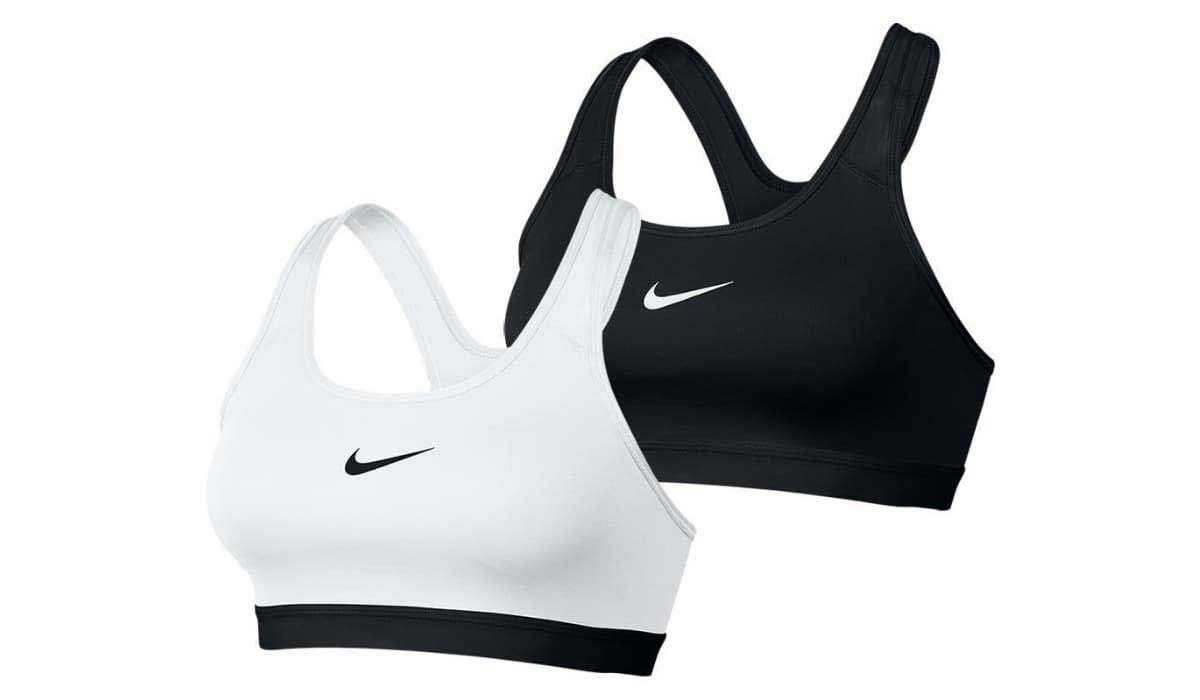
Base layer
On your underwear you should wear a light base coat (or a layer close to the skin). You will not wear this polo every day, just when it is cold in the morning, in the high passes and at night.
We recommend SmartWool, but any merino base coat will work. Usually, you only need an upper base layer (i.e., the torso), but it is worth bringing a lower layer (i.e., legs) in case it is very cold at night.
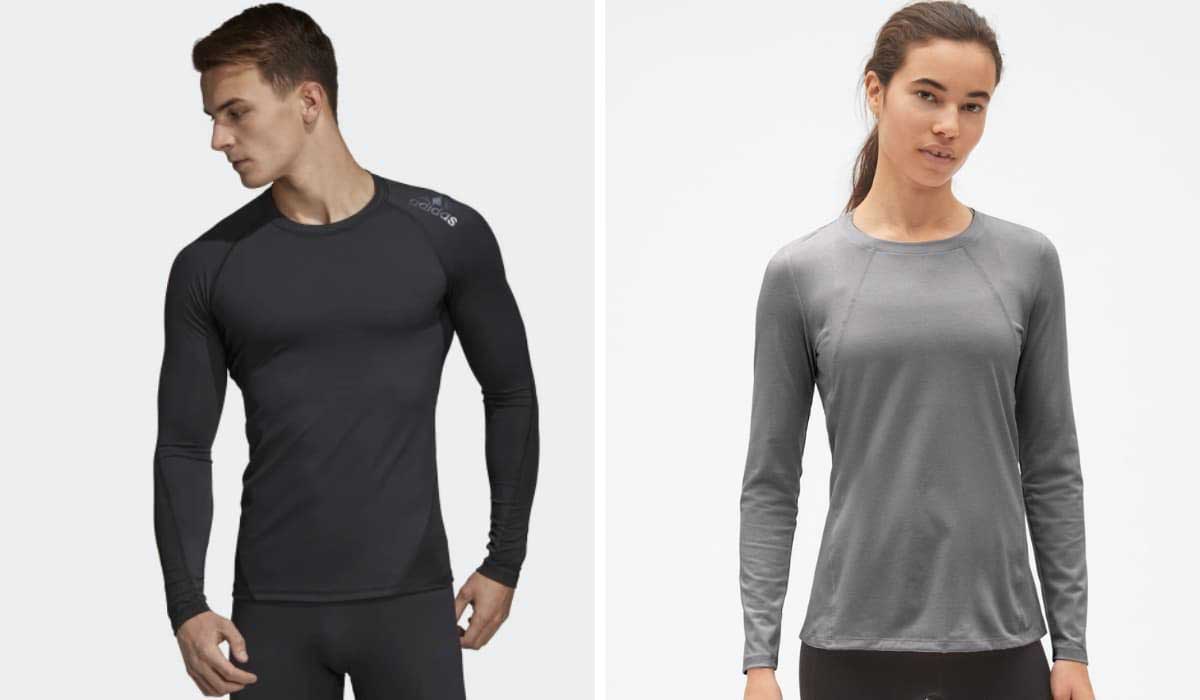
Trekking shirts
In terms of shirts, we recommend 3 x short sleeve shirts and 1 x long sleeve shirt. The ideal fabric is a breathable, lightweight and quick-drying polyester, merino or nylon. Make sure your shirts are not cotton.
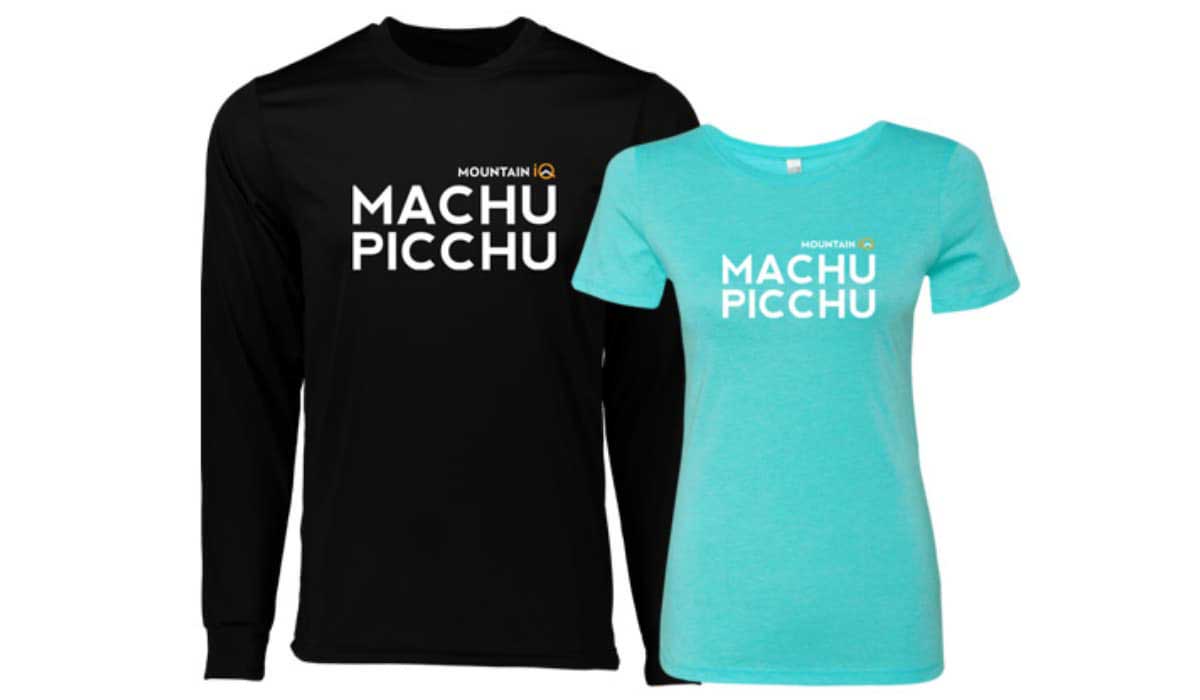
Hiking pants and shorts
Bring 1-2 x pairs of hiking pants: 1 is fine for 3/4 day walks, an additional pair is ideal for walks longer than 4 days. The Columbia hiking pants are great. Also bring a pair of trekking shorts.
A tip for women: consider wearing a light, medium-length skirt to allow privacy when switching in and out of the base layers along the way and for unexpected breaks in the bathroom between camps.
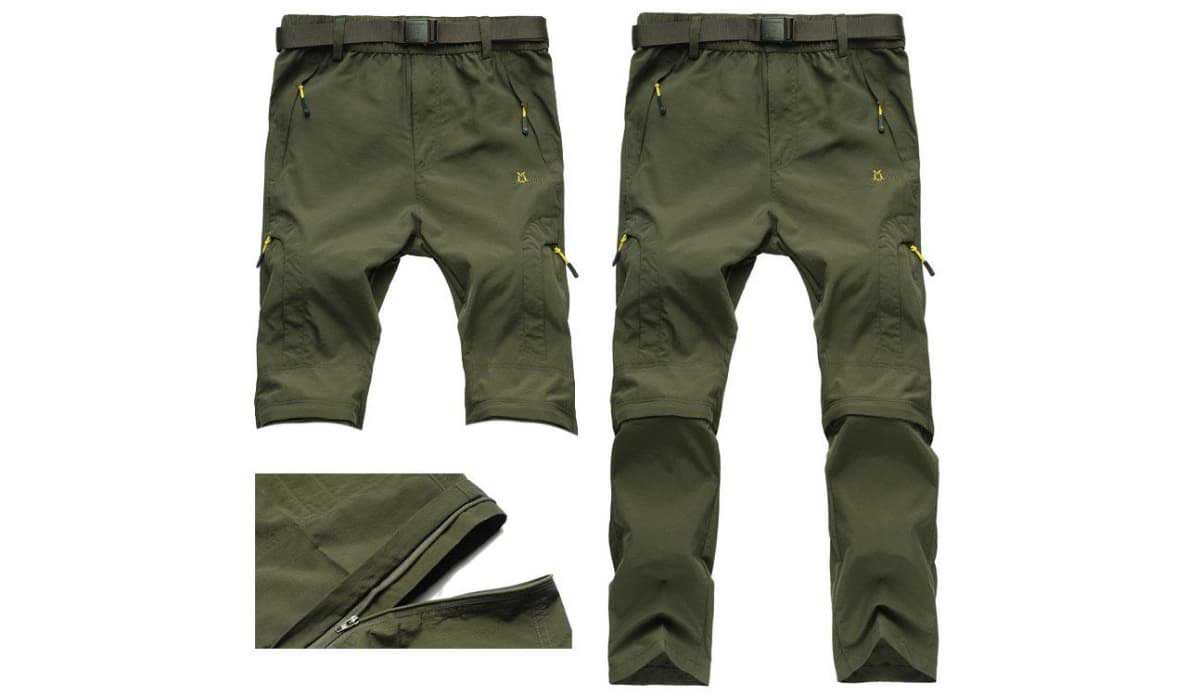
Fleece and windbreaker jacket
For the coldest sections on the road, you should bring a medium-weight wool jacket or jacket. The fleeces that use Polartec materials are great. Usually, Polartec fleeces come in 100, 200 or 300. The 100 are a bit light and the 300 are too heavy. Two hundred provide great warmth and comfort, and are perfect for the Inca Trail.
Notable brands include Columbia, The North Face and Helly Hansen.
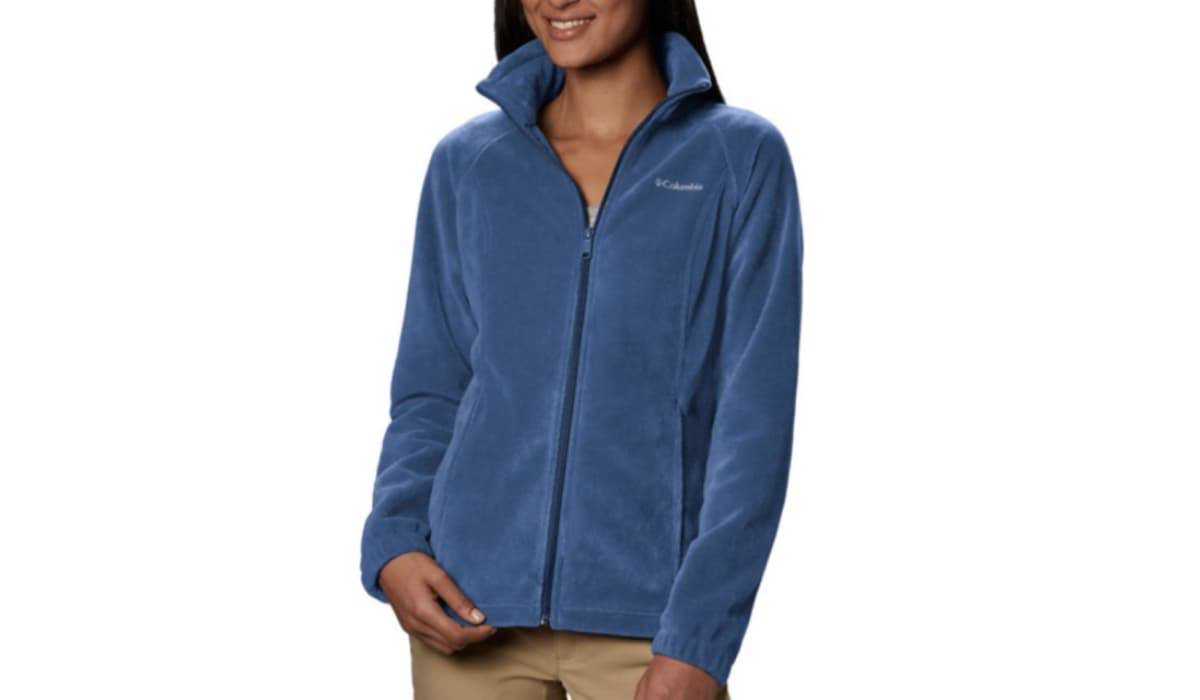
Soft Shell Jacket
In addition to your wool jacket, you must also have a waterproof and windproof jacket coat. Again, you want it to be relatively light (not a winter jacket), but still warm and resistant. You must resist any rain you find (although, as you will see below, we recommend you bring a cheap rain poncho / equipment in addition to your shell jacket).
We recommend you the North Face Resolve, The Patagonia Torrentshell, or the Marmot Precip Jacket.
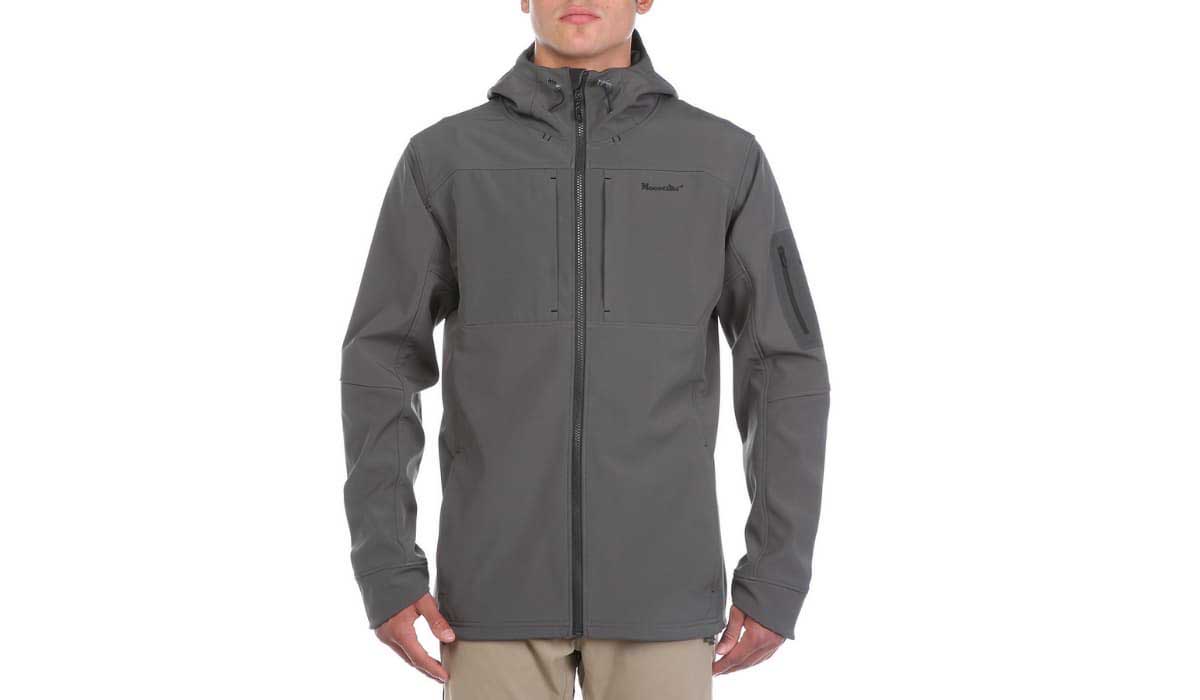
Rain gear / Poncho
Finally, you can never really predict the weather on Lares Trek. As an extra precaution, you should bring light rain gear, or preferably a poncho that sits on your body.
Sun hat
You should wear a light and easy-to-store sun hat to protect your head and face from sunburn and reduce the likelihood of sunstroke. We prefer sun hats that have an adjustable neck cover, like the one shown. Do not bring a large and bulky hat, like a straw hat, as these are difficult to store.
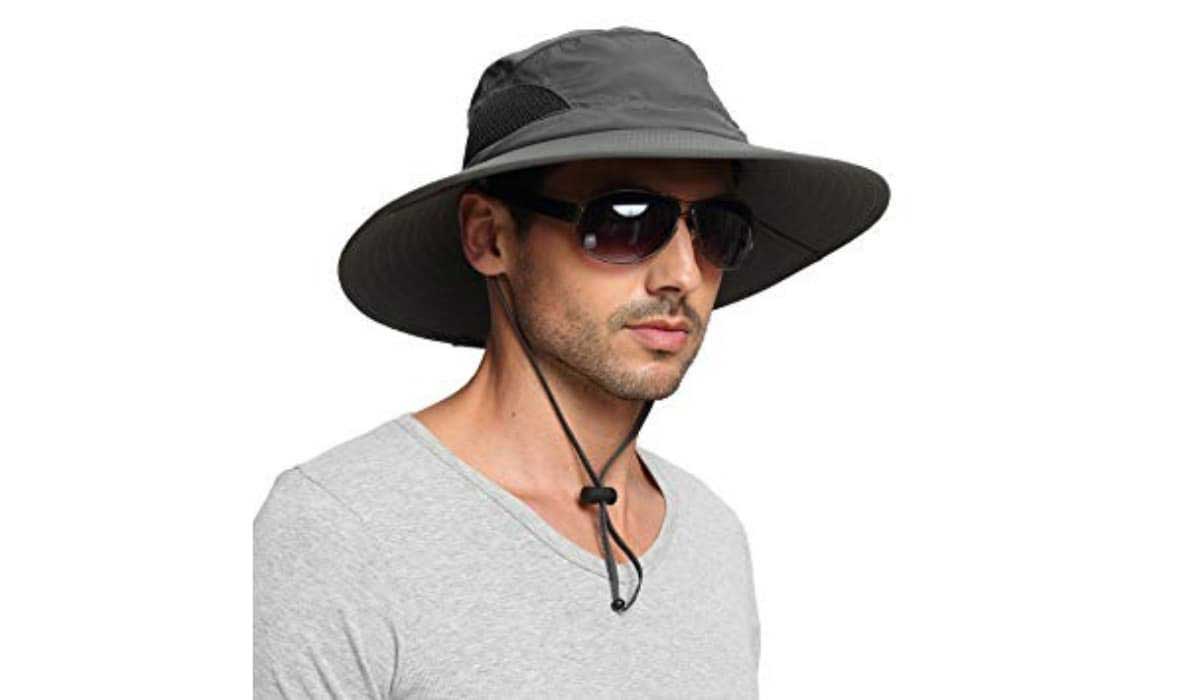
Neck / Headband / Bandanas
If your hat does not have a neck cover, you may want to wear a neck or head band that can help protect against sunburn while bending like a scarf or head and ear warmer during cold nights.
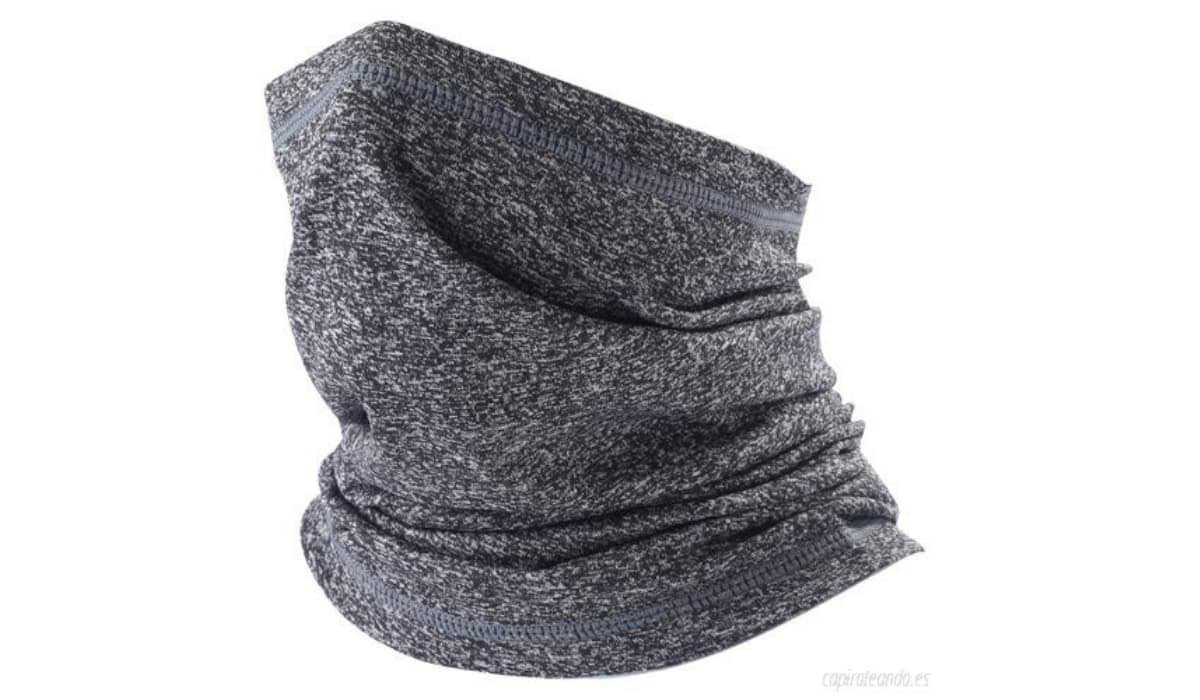
Wool hat or headband
As we have already mentioned, the nights cool down on the Lares Trail. We suggest you bring a winter wool hat.
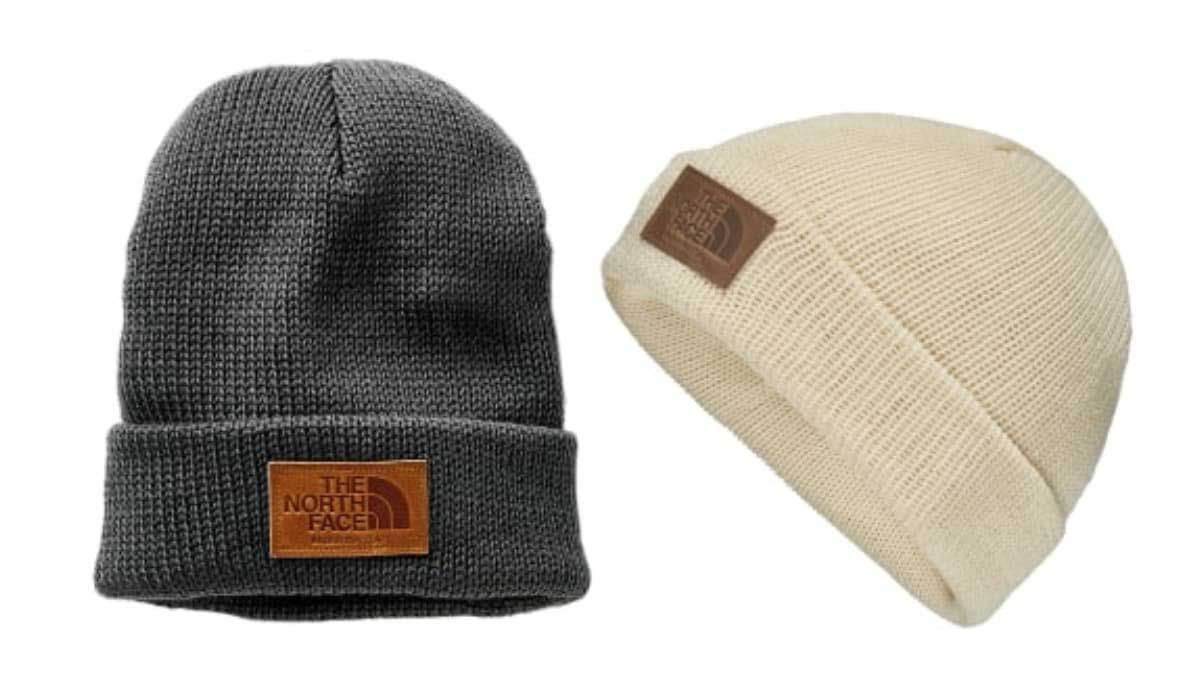
Sunglasses
Good sunnies are essential. At high altitude (more than 4,000 meters) the intensity of the UV rays is high and the visible light is strong.
This can be harmful to your eyes. A leader in polarized glasses is Oakley. All of its lenses provide 100% protection against UV rays A, B and C and its category 4 lenses block 90% of visible light. This is a bit of an exaggeration for Machu Picchu, since it will not walk in snow conditions that intensify visible light.
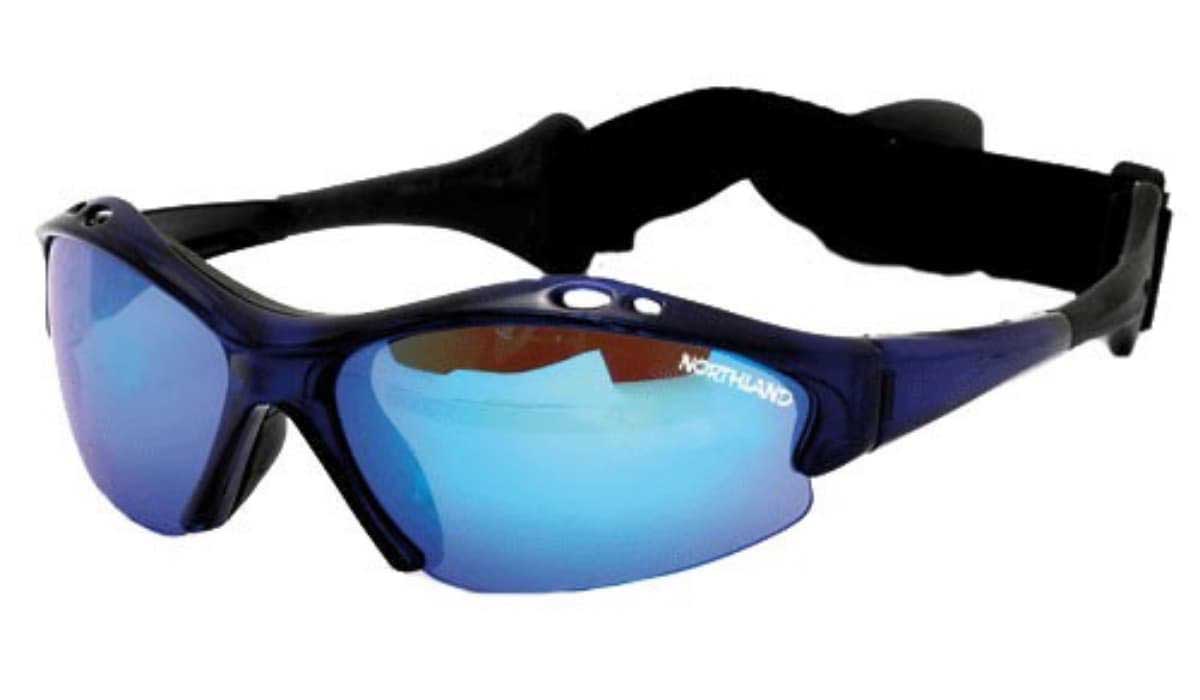
Headlamp
You should also bring a headlamp to be used in the camp and its surroundings, and as a backup if it is a bit slow on the road and ends your walk at dusk. Headlamps are preferable because they allow you to keep your hands free.
The torch leader is Petzl TIKKINA.

Gloves
On the Lares Trail you are likely to find cold pinches in the highest passes and in the mornings.
A pair of lightweight, breathable and weatherproof gloves that are designed for high-performance aerobic activities such as trekking, but that provide some heat in cool environments, is what you should be looking for.
Affordable, but good, light and warm gloves, which provide some weatherproof functionality, are made by Outdoor Research, Black Diamond and SealSkinz.
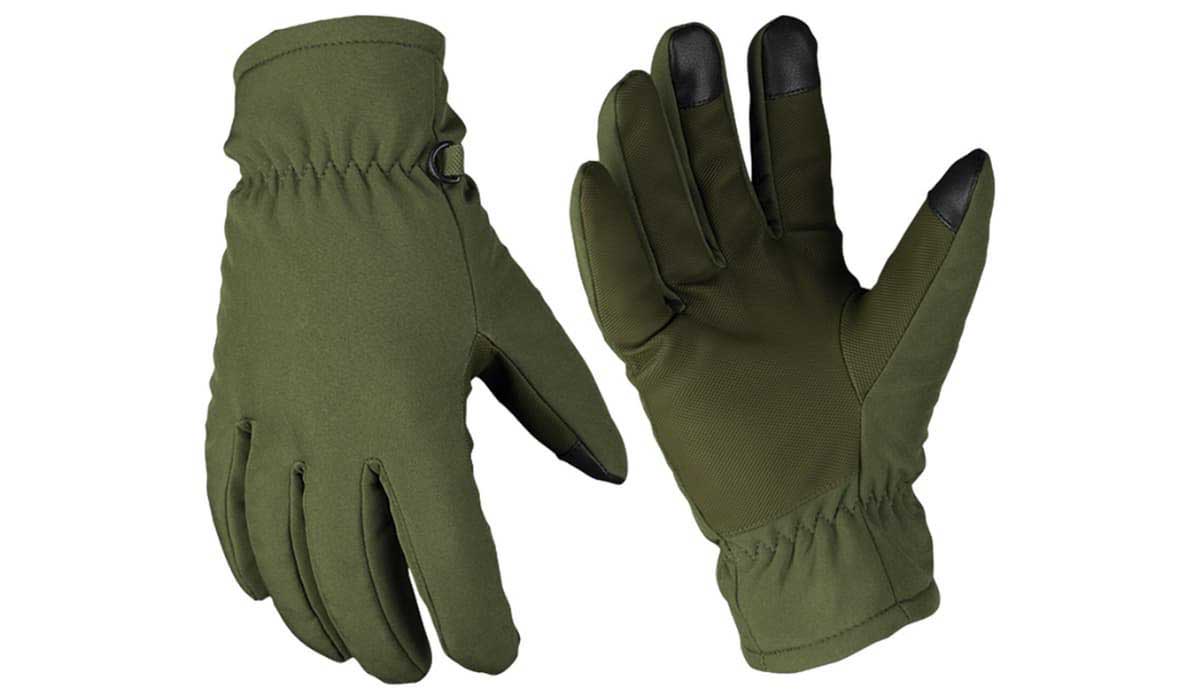
Walking sticks
The poles for walking or trekking are essential on the Lares Trek to Machu Picchu.
You will walk along an undulating landscape up to 5-6 hours a day, for 3-4 days. The joints of the legs, particularly the knees, will suffer blows. With the help of good trekking poles, you will reduce the impact on your joints by up to 25% (a 1999 research study published in the Journal of Sports Medicine showed even better results than 25%). The posts also give you a better balance.
An affordable but good quality trekking pole is the TYTN Aero. It is lightweight, has a quick locking system and uses a combined cork and EVA grip for great durability.
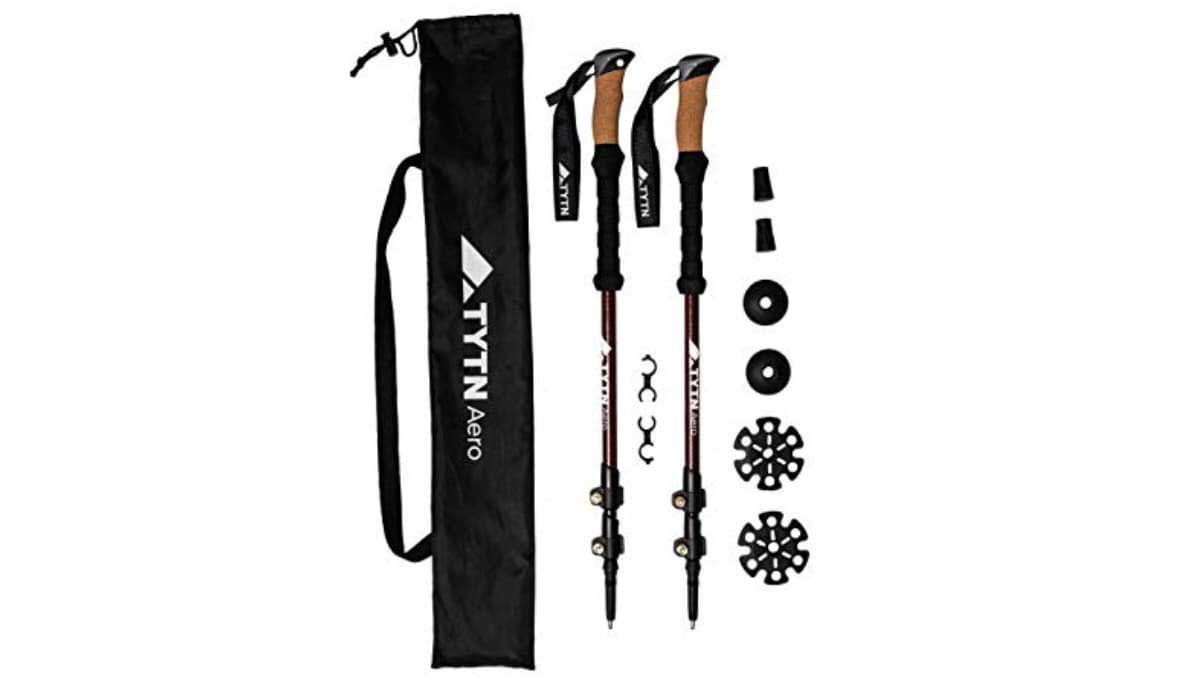
Mountain boots
Hiking boots are one of the most important pieces of equipment on your packing list at Lares Trek. Your feet are the ones that take you up and down the path to Machu Picchu.
It is essential that you bring a good pair of boots that are well worn (that is, the inner sole should have begun to mold to the shape of your foot).
Do not arrive with new boots that you have not yet used, you will get blisters, sore feet and even loose nails!
The Italian brand, Asolo, makes incredible hiking boots. Check out your Asolo Fugitive hiking boot. Other good brands of hiking boots include Salomon, Berghaus, the Timberland Chocorua or the Hi-Tec Men's Altitude VI.
See REI for excellent hiking boots
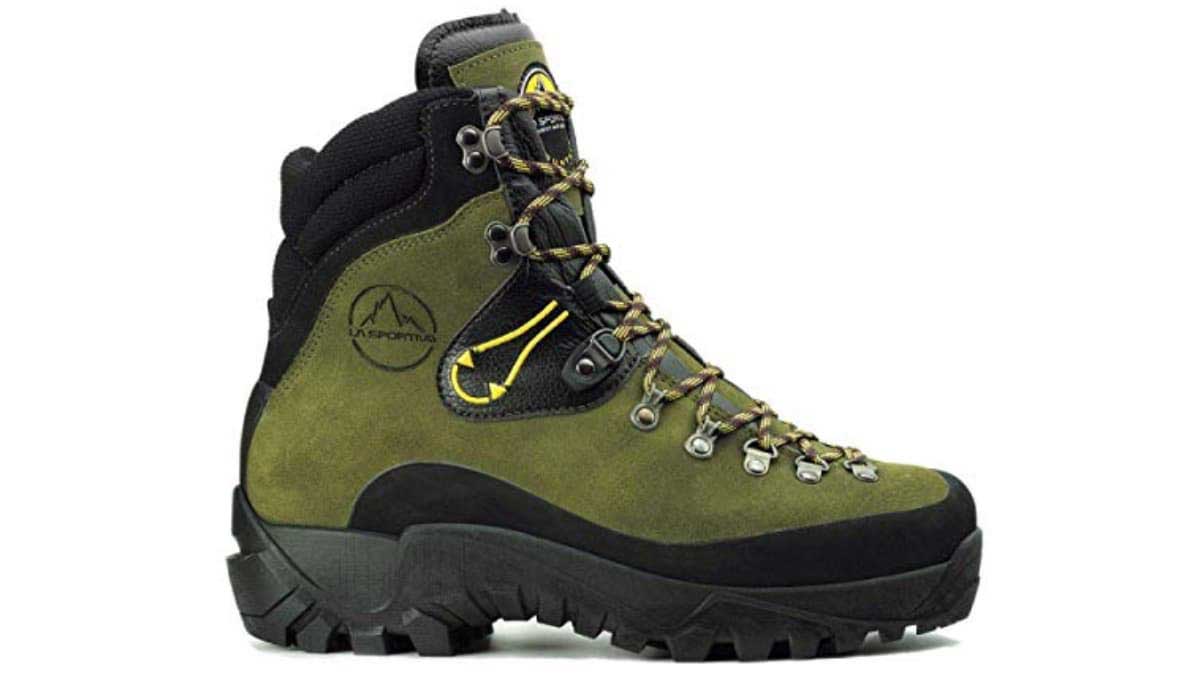
Trekking shoes / sandals
After a long day of hiking, the first thing you will want to do is take off your hiking boots and air your feet. We recommend bringing a basic pair of lightweight trekking shoes or sandals that you can wear while wearing your warm socks. Alternatively, you can bring a pair of lightweight shoes.
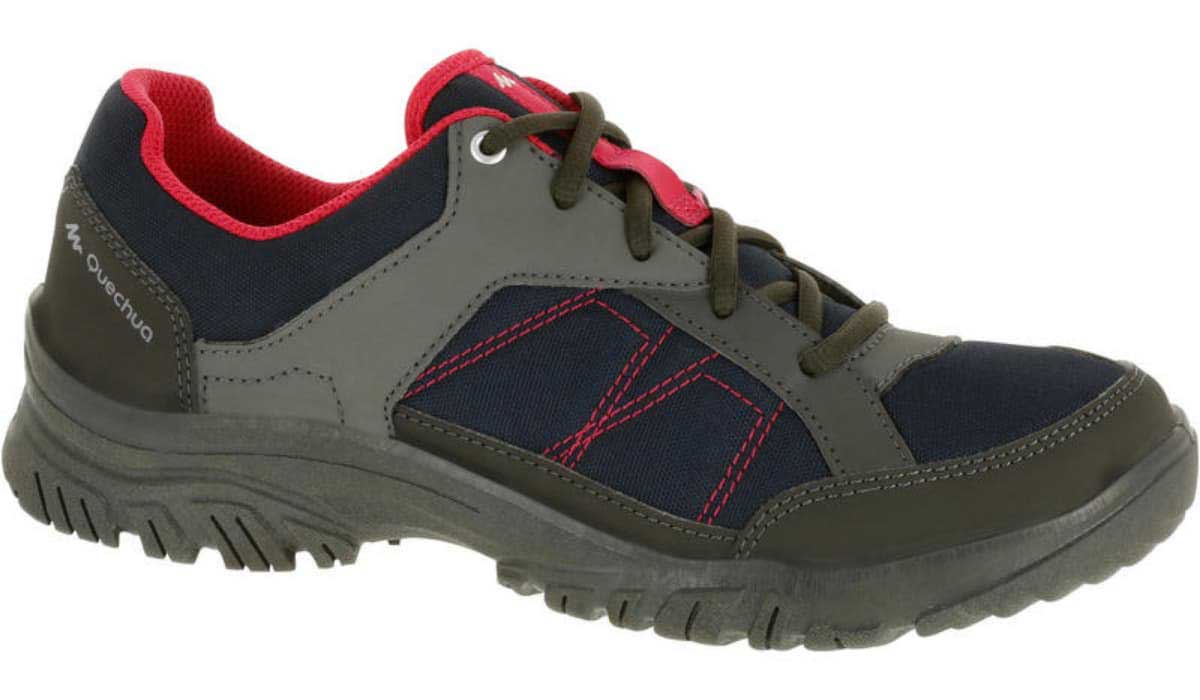
Trekking socks
You must bring 4 pairs of trekking socks. Look for a light to medium trekking sock made of high absorption material. The best trekking socks are made of wool, preferably merino, since they promote breathability and are very good for absorbing moisture from the foot. Alternatively, a merino wool sock with a waterproof membrane is also an option. Avoid cotton, as they absorb and retain moisture, which makes your foot susceptible to blisters. If you are allergic to wool, you can opt for a synthetic acrylic or acrylic sock.
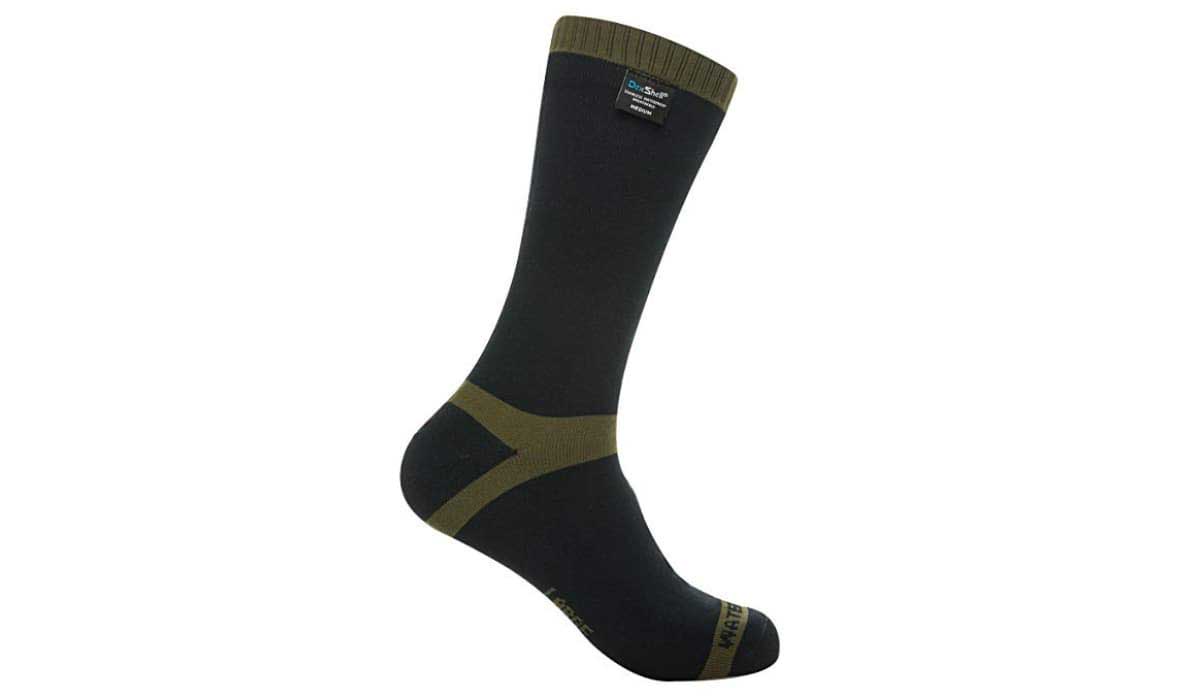
Backpack
During the Lares Walk you have a maximum weight of 5 to 7 kg of your equipment.
Good backpacks are designed to transfer the weight of the load to the hips. Shoulder straps should not carry more than 30% of the weight. These are the key features to look for in your backpack:
- Size: The ideal size backpack for the Lares Trek is a lightweight 30-36L package. These can easily transport a maximum load of 10 kg. If you have managed to stay super light and have cargo support, then all you need is a small backpack to store your pieces (a 20L package will be fine)
- Waterproof: Backpacks are generally not waterproof, but good ones must be weatherproof. Look for design materials such as cloth for the bag and Condura for high friction areas (that is, inside the straps). A waterproof urethane coating is also beneficial.
- Design: for a perfect fit, the harness and suspension system must be of various sizes and adjustable. Shoulder straps should be well padded and not restrict movement, and there should also be a hip belt that is well padded. The best manufacturers, such as Osprey and North Face, design specific handbags for women who have remodeled hip belts that are wider and more molded; and narrower but wider straps.
For an excellent backpack we recommend Osprey Stratos for men and Osprey Sirrus 36 for women.
Don't forget to buy a rain cover for your backpack.
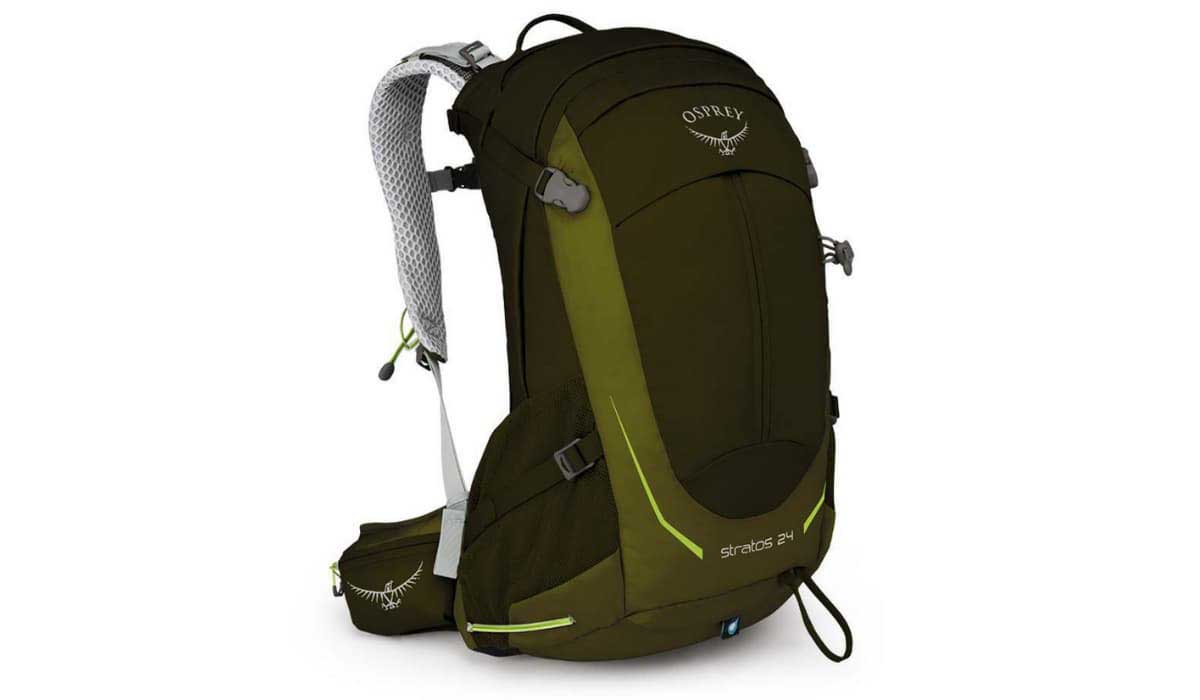
Water bottle / hydration bladder
Due to the effects of altitude, you should stay well hydrated on the Lares Trail. You should try to drink 2-3 liters of water a day. Water is normally supplied by your trekking equipment at the beginning of each day.
It is possible to buy water at certain points along the path, but we recommend not to do so, as it is expensive and generates unnecessary waste on the path.
To transport 2 or more liters of water per day, you can:
- Use two 1 liter bottles
- Use a 1.5 liter bottle (and drink half a liter before leaving in the morning)
- Use a hydration bladder (can contain between 2 and 5 liters)
In terms of water bottles, we recommend the 1L or 1.5L CamelBak Eddy water bottle.
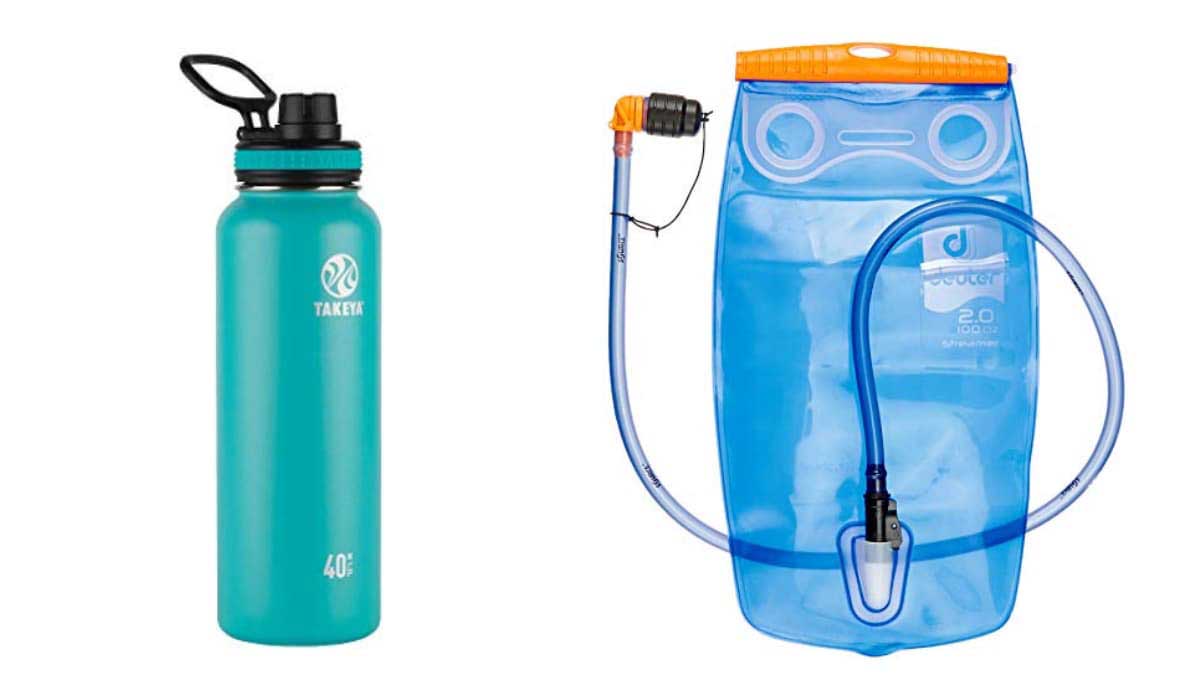
Sleeping bags
A sleeping bag of good quality and warm is essential on the trail. These are the key features to look for in a sleeping bag.
Sleeping bags come in two types: goose or duck, and synthetic. Sleeping bags are generally lighter, warm and of better quality. However, they are more expensive.
The Lares Trail is only one with little probability that you will go to high altitude or on winter trekking trips in the future, so a good synthetic will be enough.
- Hot: Regardless of the season, it can be quite cold at night on the Lares Trek (as seen in the previous temperature table). The coldest months coincide with the dry season of popular trekking from May to September. During this time, freezing temperatures are common at night. We recommend a four-season bag for the whole year with a rating of -10 C (14F). During the dry shoulder months of March-April and October-November, you can leave with a bag of three seasons (-4 C / 25F). December, January and February are very wet and are not excellent for hiking. Visiting Machu Picchu by train is fine, but we would not recommend a trekking / camping trip at this time of year.
- Weight: As you / your goalkeeper will carry your sleeping bag, the lighter the better. However, there is a trade-off between warmth and weight. Try to get a bag that weighs no more than 2.5 kg.
- Shape: The mummy-shaped sleeping bags are the best, as they are designed to fit the contours of your body and, therefore, provide excellent insulation. Sleeping bags with hood and insulated cord are great. Another useful feature is a bi-directional rack system that allows you to easily decompress at both ends.
Keep in mind: it is possible to rent a sleeping bag in Cusco, but we recommend that you bring your own, as rented sleeping bags are often not of high quality and sometimes have questionable hygiene standards.
If you plan to rent, be sure to look for the key features listed below, and bring a sleeping bag liner with you to Peru for additional insulation and cleaning.
